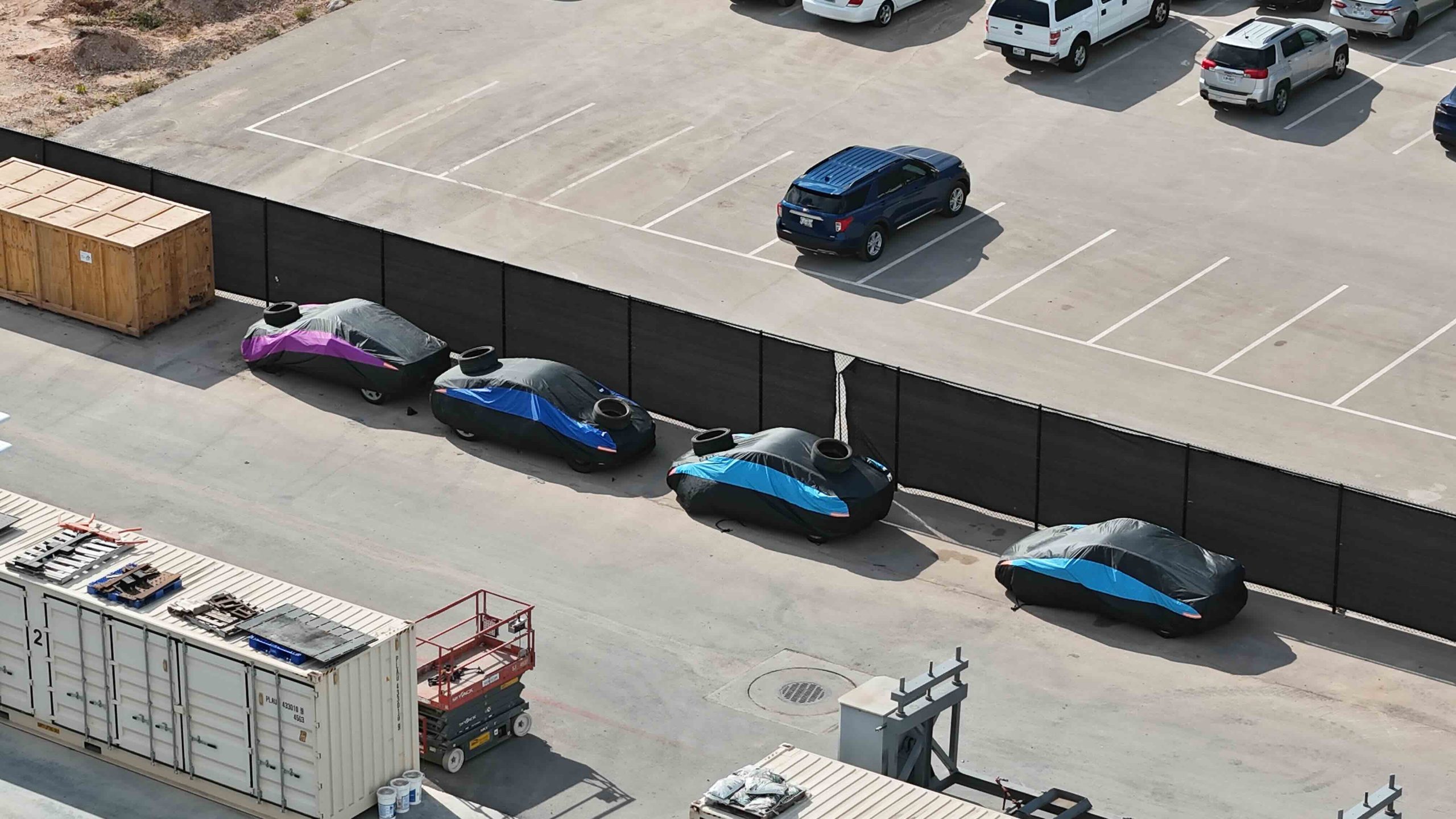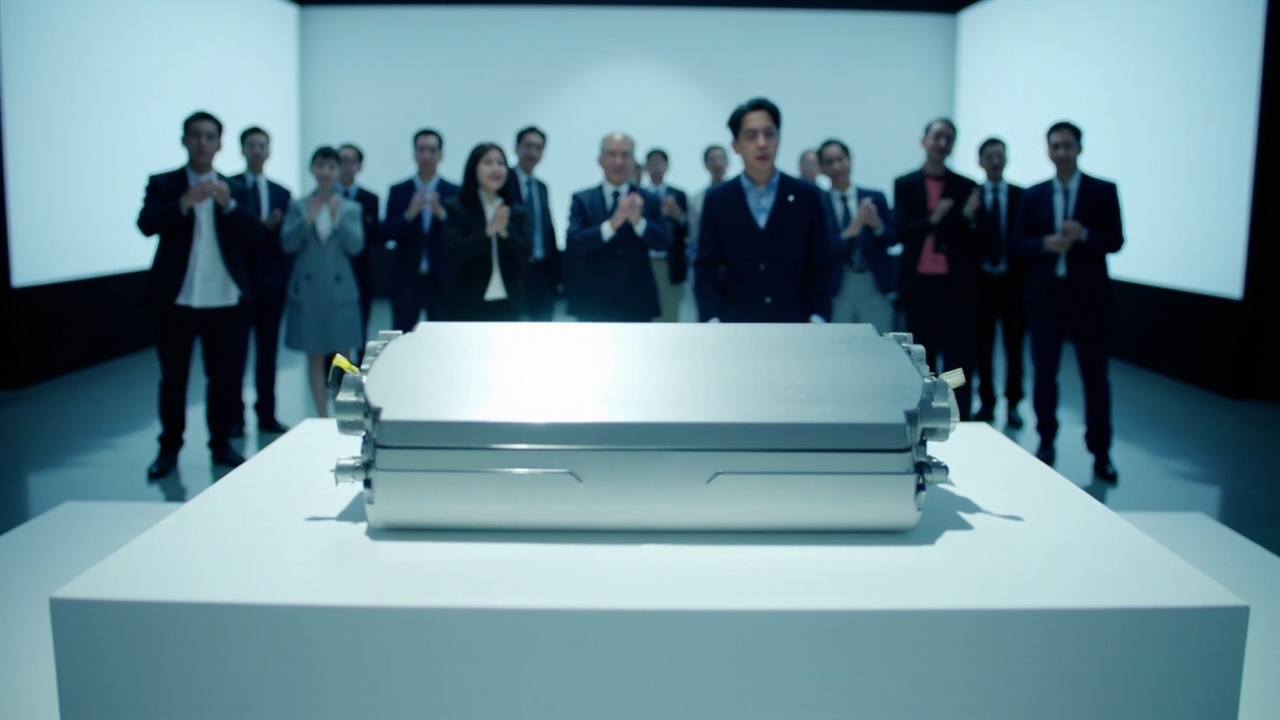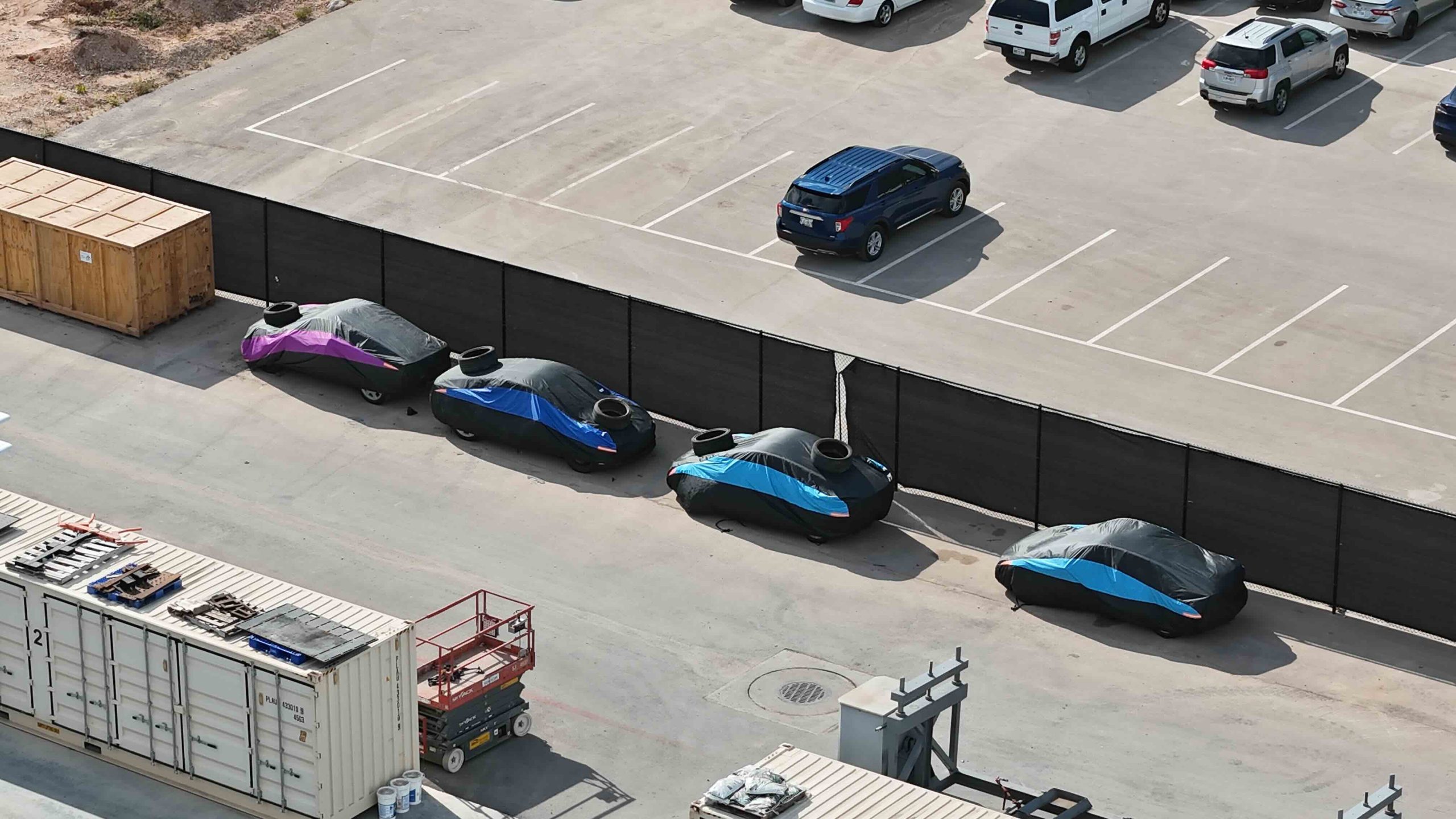Nissan's Teana Becomes World's First Gas-Powered Vehicle with Huawei's HarmonyOS Cockpit
Covers infotainment, ADAS and software updates. Daily: Hyundai Ioniq 5. Project car: NB Miata with a homebrew CarPlay retrofit.
In a groundbreaking move, Dongfeng Nissan has unveiled the refreshed Teana, marking it as the world's first internal combustion engine (ICE) vehicle to feature Huawei's HarmonyOS cockpit. This innovative integration represents a significant milestone in automotive technology, blending traditional gasoline engines with cutting-edge digital systems.
Dongfeng Nissan celebrated its 40th anniversary in China with a brand night event on October 16, 2025, where it showcased two new models: the N6 and the refreshed Teana. Both models are set to launch officially in the coming weeks. The Teana, in particular, has captured attention for being the first gasoline-powered car to incorporate Huawei's HarmonyOS, a platform previously associated with electric vehicles and smart devices. This integration is part of Nissan's strategy to enhance the in-car experience by leveraging Huawei's HarmonySpace 5 cockpit and Huawei Sound system, providing users with a seamless digital interaction.
The refreshed Teana is expected to hit the market in the fourth quarter of 2025, with an estimated price range of 160,000 to 180,000 yuan. It sports Nissan's iconic V-Motion design language, featuring a newly integrated front grille and headlight design. The vehicle's dimensions stand at 4920mm in length, 1850mm in width, and 1447mm in height, with a wheelbase of 2825mm. Notable exterior elements include dual LED projector headlamps, through-type daytime running lights, and a new matte grey color option, all adding to its sleek and modern aesthetic. Customers will have the option to choose between 17 or 19-inch wheels.
Powering the new Teana is a 2.0T VC-Turbo engine, producing 243 horsepower (179kW) and 371 N·m of torque. This is paired with a continuously variable transmission (CVT) that offers simulated 8-speed shifting, promising a balance of power and efficiency. This combination is a testament to Nissan's commitment to maintaining the performance integrity of traditional gasoline engines while integrating advanced digital systems. The introduction of the HarmonyOS cockpit in a gasoline vehicle underscores the evolving landscape of automotive innovation, where digital connectivity becomes increasingly central to user experience.
The launch of the Teana with HarmonyOS is not just a technological leap but also a strategic move by Nissan to remain competitive in the rapidly evolving automotive market. With the growing consumer demand for smart and connected vehicles, Nissan's adoption of HarmonyOS could set a new standard in the industry, bridging the gap between traditional and smart car technologies. This integration could pave the way for further collaborations between automotive companies and tech giants, potentially reshaping the future of driving.
Looking ahead, Nissan plans to introduce the Nissan Z Nismo to the Chinese market in 2026, further expanding its portfolio with performance-focused models. This move signals Nissan's ongoing commitment to innovation and adaptation in a market that increasingly values technological advancements. The successful integration of HarmonyOS in the Teana may influence Nissan's future models, potentially leading to broader applications of smart technologies across their range. As the world of automotives continues to evolve, Nissan's partnership with Huawei could serve as a blueprint for future developments in the industry.
About Noah Stein
Covers infotainment, ADAS and software updates. Daily: Hyundai Ioniq 5. Project car: NB Miata with a homebrew CarPlay retrofit.



